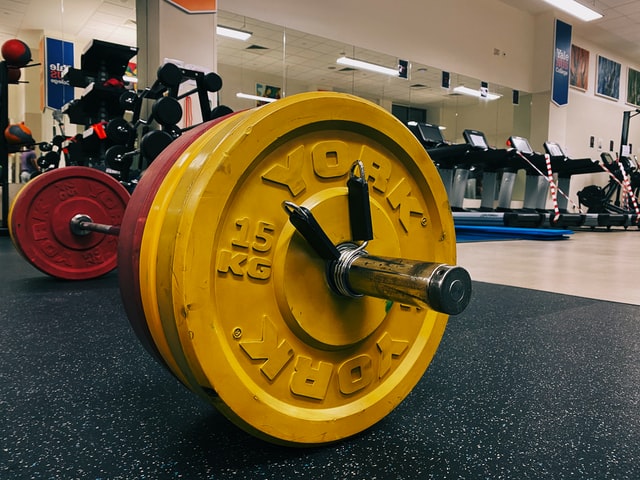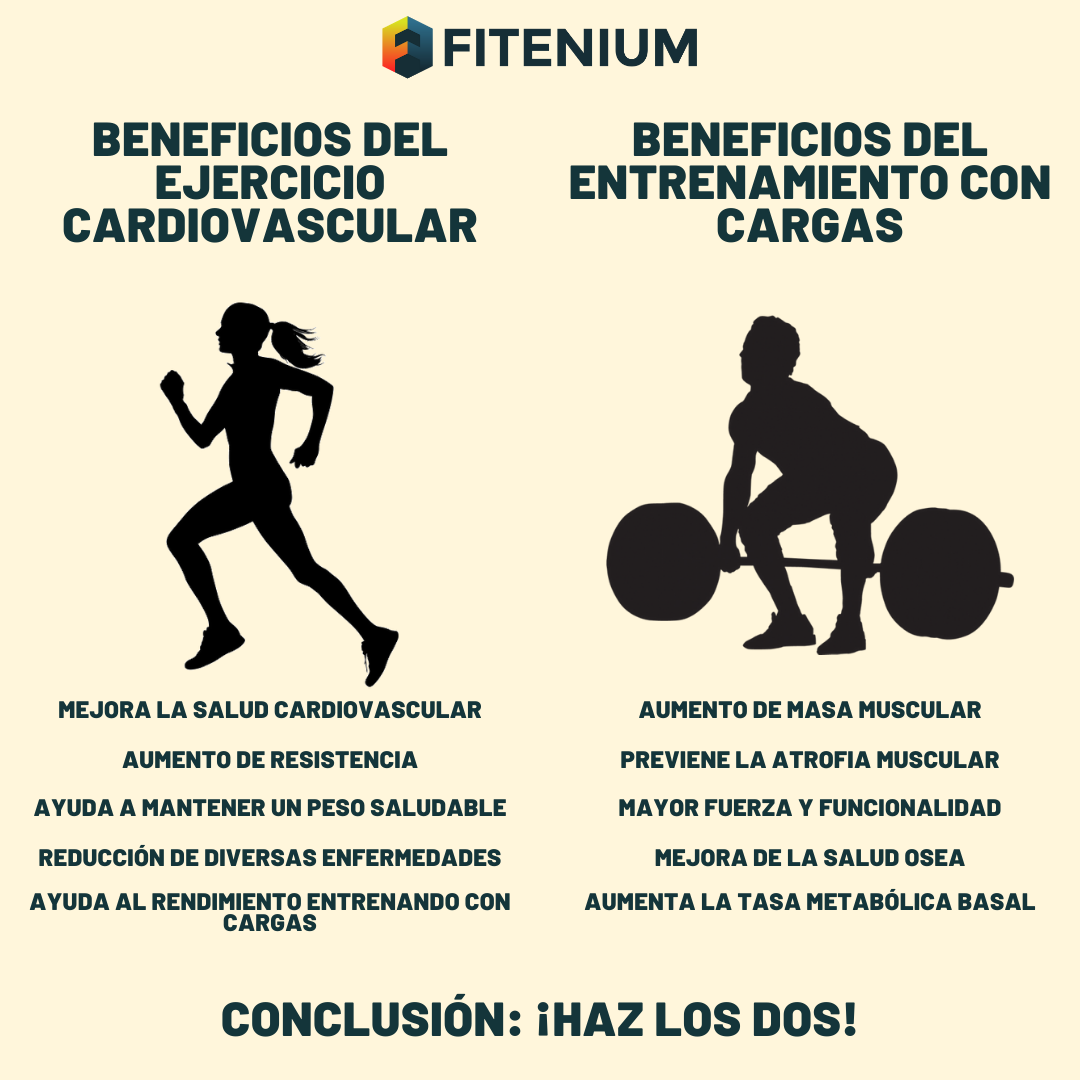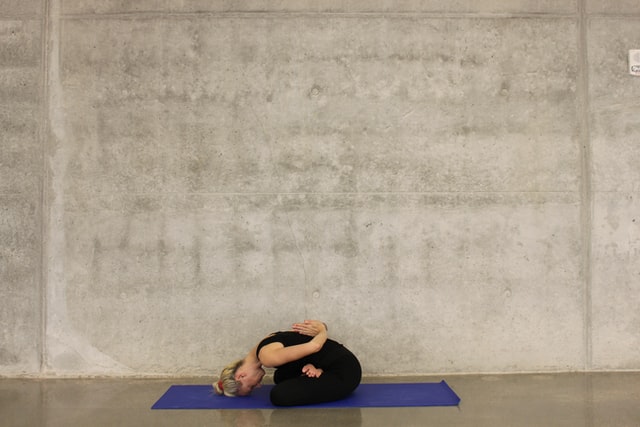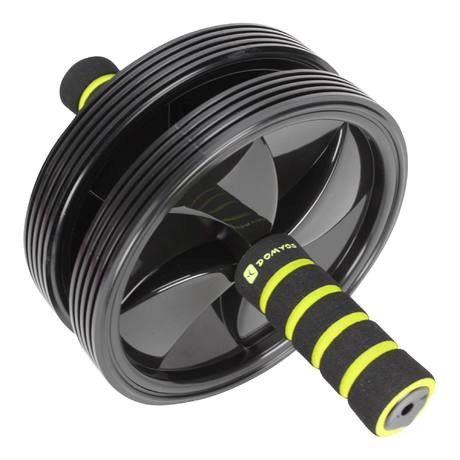How to lose fat 2019
If you don’t already know Fitenium is a free, mobile, video-based social network for athletes who train strength or bodyweight exercises. At Fitenium users can follow their performance, compete and get discounts in nutrition and sports equipment stores. Download it here.
Problems with fat loss:
Fat loss can be extremely frustrating when it seems like you’re not losing fat even while eating very little. It is natural and human to blame metabolism or genetics when nothing else seems to work. It is also human to end up resorting to all kinds of miraculous supplements and diets that can be from useless to dangerous depending on it, since many times we do not know how to lose fat. Well, this is not really 100% true, since there are supplements that have proven efficacy for fat loss, always as a complement to a diet that is suitable for your needs and a training plan. We will talk about them later.
Because, let’s not fool ourselves, if we want to know how to lose fat we only have to take into account the laws of thermodynamics. That is, we must expend more energy than we put into our body. Energy is measured in calories, so we must expend more calories than we consume in our diet, generating a caloric deficit. This principle is the basis of muscle mass gain and fat loss, which we will talk about today.

If it’s so simple, why don’t I lose fat?
It is quite common the case that you take into account the caloric deficit and still you are not losing fat, this usually happens due to three factors.
– You underestimate your caloric intake: if you are not losing fat, it is because you eat more than you spend, that is a fact. Many people think that they eat little and healthy and still fail to improve their composition. What happens is that in general we are lousy when it comes to estimating the portions we eat and they also do not take into account the calories of a lot of food that is considered “healthy” but has a high caloric density.
Our recommendation is that you write down the meals you eat in an application like My Fitness Pal or Fat Secret and you will be surprised at the calories you are taking.
– You overestimate your caloric expenditure: cardio is a useful tool when it comes to losing fat as a secondary complement to your weight training, but for many people it can become an obstacle when it comes to losing fat. An hour on the treadmill consumes approximately (depending on intensity and weight), about 500kcals. And there are many people who think that since they are doing cardio for an hour they can eat whatever they want, when a Big Mac or a Frappuchino from Starbucks is already equivalent to that. Even foods considered “healthy” like a McDonald’s salad, two avocados or 80 grams of peanut butter also add up to 500 calories.
– You are not eating enough calories: It may seem contradictory to point number one but it is not. You might think that if we can lose half a kilo of fat a week with a daily deficit of 500 calories, if we achieve a deficit of 1000 calories we will lose twice as much, right?
Well, that’s not how it works, for two reasons. The first is that as we lose fat, we will have to adjust the calories we consume taking our new weight into account. If you start with a 1,300-calorie diet, how are you going to adjust the calories when you stagnate? On the other hand, as losing fat is a long process and we have to have a medium-long term vision, so the deficit must be moderate to be sustainable. Too large a deficit will put our body in “survival mode” and slow down the metabolism as much as possible, making it difficult to lose fat.
Ok, and how do I solve the mentioned problems?
– Start controlling what you eat: and by that we mean correctly tracking your meals with the tools that we discussed above (My Fitness Pal or Fat Secret). It is not necessary to be extremely thorough and weigh even the vegetables, but knowing if we are eating 10 or 30 grams of nuts or how big is that handful of rice that we cook can mean the difference between the caloric deficit that we are looking for.
Once we know how many nutrients and calories the portions we usually eat have, we can adapt them to meet our goals. We would be surprised with the foods of which we can increase the ration without problem and those that are destroying our deficit. I know it’s tiring and involves work, but it’s worth it and it will help diagnose our problem.
– Estimate the calories you consume: to do this, calculate your Basal Metabolism Rate first. This rate determines the calories you would expend in 24 hours lying in bed without moving and depends on your gender, age and weight. Then you have to apply the Physical Activity Level multiplier, which is the calories we expend with our daily activities. We must be VERY CONSERVATIVE with this multiplier, as we tend to overestimate the calories we burn since we are more sedentary than we think. Lifting weights 3 times a week doesn’t make you less of a walker, walking more than 5,000 steps does.
Once we have our Basal Metabolism Rate and Physical Activity Level, we do the multiplication and there we will have our Daily Caloric Expenditure.
How to do all this? On the internet there are a large number of online calculators where just by entering some basic data it calculates your Daily Caloric Expenditure.
– Create a caloric deficit: if you have completed the previous point, you already know approximately the calories your body consumes. It must be emphasized that it is an APPROXIMATE caloric expenditure and we must adapt it according to results and body changes.
Since losing fat is a process that requires, above all, time and perseverance, the caloric deficit must be enough for our body to use fat as fuel, but not too great that it is not sustainable with the diet and that we do not fall into tuba metabolism putting our body in survival mode.
Our recommendation is to create a caloric deficit equivalent to 20% of our Daily Caloric Expenditure.
– Practical example: imagine that we are a 29-year-old man, 1.80 and weighing 90 kilos with an office job and who trains from time to time. We look for an online calculator like this one and we access the web. We put our data and the calculator itself will tell us our daily caloric expenditure appropriate to our daily activity.
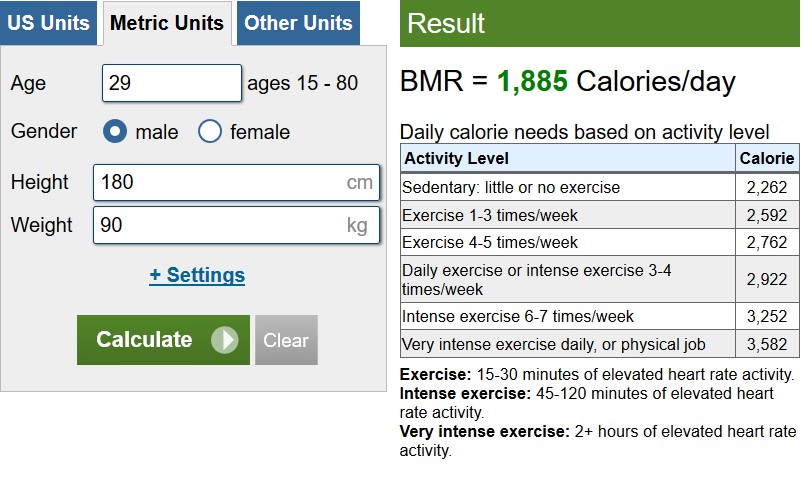
Once we have the results, in our case 2,592 calories per day, we create a 20% deficit, obtaining 2,073 calories as a result, which should be our daily limit if we want to lose fat. As we have already commented several times, these results are approximate, and if you are very fat, it is likely that you are not burning those calories and you have to adjust more.
Other tips to lose fat.
– Consume enough protein: taking into account that our goal is to lose fat and not lose kilos, we must maintain an adequate protein intake to minimize muscle loss. For an athlete, the recommendation is between 1.8 and 2.5g of protein per kilo of weight per day.
– Perform weight training: losing fat if we don’t have muscle mass is useless if we want to be fit. Training with Full Body or Torso Leg type weights will help us create muscle mass which, apart from being more aesthetic and functional, will speed up our metabolism and we can continue losing fat in the medium term.
– Do not worry about irrelevant elements: there is a lot of talk that carbohydrates at night turn into fat or that you have to be eating small meals every few hours to lose more fat, but scientific evidence indicates that this is not the case. As long as we comply with the maxim of expending more calories than we consume, we will continue to lose fat.
It is important to emphasize that localized fat loss does not exist, so there is no point in killing yourself doing 1,000 abdominal crunches a day to get a tablet.
– Supplementation yes, but with a head: fat burners are true best sellers, but only some have scientific evidence. The main compounds that can help fat loss as long as we comply with a correct diet and exercise are:
1. Caffeine: raises adrenaline and activates HSL. Study.
2. Synephrine: increases the activation of β–adrenergic receptors, raising metabolism. Study.
3. Green tea: Provides caffeine and other components such as EGCC that help fat loss. Study.
4. Yohimbine: Blocks alpha receptors, increasing fat loss, especially effective against stubborn fat. It is illegal in Spain and although it is effective for fat loss it has other unwanted side effects, so at Fitenium we DO NOT recommend its use without professional supervision. Study.
5. Green coffee extract: Apart from providing caffeine, it contains chlorogenic acid that can be beneficial for fat loss. Study.
It is important to comment that L-Carnitine, one of the most popular fat burning supplements, does not have scientific evidence to support it.
– Do not be obsessed with the scale: we do not mean to say that the scale is useless, but the number that appears on the weight does not determine if we are advancing or not. Especially with people new to physical training, it is possible to lose fat and gain muscle at the same time with a moderate deficit (study), so taking body measurements and the “mirror” can be better allies than the weight.
conclusions.
How to lose fat is the big question that many people ask and it really is not that complicated to have an effective plan to achieve it. However, its execution and, above all, maintaining consistency in said plan. Once we know what we eat, train as God intended and maintain this lifestyle over time, success is assured.
Share your progress in Fitenium, download our app

